We continue our travelogue series today, walking you through my 2018 Complete Namibia Tour & Workshop, as we spend a magical few hours in Deadvlei, photographing the beautiful silhouetted camelthorn trees.
If you’ve been following the podcast for a while, you’ll have heard me talk about the magical few minutes that happens most mornings in Deadvlei, as the sun rises above the large sand dune to our backs, and we are treated with a beautiful natural contrast of light and shade, that you can see in the first photo for today (below). This is a popular photograph to shoot since National Geographic photographer Frans Lanting put Deadvlei on the map, but as I work with my group here each year, it’s easy to see that composing a nice shot in Deadvlei isn’t as easy as you might think.
Of course, you can just look at what everyone else has done here, and copy that, but I never look at images of places that I visit beforehand, so I start with a clean slate on my first visit, and then I know that at least everything I come home with is original to me. I talked about this concept in depth if episode 571, “Be a Creator Not a Collector of Photographs” so check that out if you are interested.
Composing Deadvlei
My main consideration when composing a scene is that I generally want separation between the main elements of the photograph. Plus, I generally don’t want to crowd my photograph with too many elements. There is literally only one place that you can stand to get this photograph without including parts of the trees to the left and distant clutter to the right starting to creep into the frame.
It’s lovely to work this location though, and even though I’m visiting twice a year at the moment, the magic never goes away, as the sun works its way down that dune in the background, and creates that perfect line of shadow across the clay pan for just a minute or two.
My settings for this shot (above) were ISO 100 at f/16 for a 1/15 of a second, and a focal length of 200mm with my Canon 100-400mm Mark II lens. As usual, I am exposing to the right, so just ensuring that the sand dune is exposed as far over on the histogram as possible, and then the rest of the shot just takes care of itself.
Cluster of Trees
You really have to work to find pleasing compositions though, and with the time being so short, it’s worth scouting out a few additional options to shoot quickly after your main shot. With just about all of the shots that I can find under my belt already though, I now just quickly grab a few other shots, like this one (right) where I flipped my camera into a vertical orientation and cropped in very tightly on this group of four trees.
You can probably tell that the two trees at the back are the same as the left-most trees from the first shot, so I’d just moved across to my left a little, and zoomed in to 300 mm.
I allowed the tree to the left to overlap with the background trees a little while maintaining some separation between the rightmost two trees, and I quite like the results. However, you can see that the light is already just starting to illuminate the left side of the clay pan, forming a pale yellow line between the orange dune and the darker foreground, and this was just three minutes after my first shot, so you can tell how little time we really have to get these shots.
Bands of Color
The great thing about Deadvlei though, is that you can keep having fun with the light as the sun gets higher, playing with things like the various bands of color, as I did in this next photograph (below). I cropped this down to a 16:9 ratio, to emphasize the horizontal bands, and remove a little bit of excess sky that didn’t do much fore me.
With the sun getting higher still now, my shutter speed was at 1/50 of a second now, still at ISO 100 and f/16 though, and at this point I was using my 24-105mm lens at 70mm. With five distinct bands of color, light, and shade, I quite like the overall striking look of this image, although the following image (below) is somehow more appealing to me, as we simply get to enjoy seeing how the trees look in full sunlight.
We also do still have four bands of color, which I like to see. You’ll also notice that I’m still trying to get some separation between as many of these trees as possible, just to keep things simple to look at. My settings here were the same as the previous image except that my shutter speed had changed to 1/60 of a second, just a third of a stop faster.
Oryx in the Shade
When photographing in the Deadvlei and Sossusvlei area we head back to the lodge for lunch and a few hours rest before heading back out. The sun is very harsh at midday, and no real shadows either, making the photography a bit difficult. We aren’t the only ones that head for the shade at midday though, as you can see in this next photograph (below) with an Oryx that had decided to keep cool under a small camelthorn tree in front of a sand dune.
The dark patches that you can see on both the face of the dune, and the right side of it, are not shadows, but deposits of iron. If you run a magnet over the sand in these places you can quickly get a handful of what are essentially iron filings. They also add a nice bit of texture to the sand, but not to be confused with shadows. The other thing that you’d notice if you can zoom in on the original photo to 100%, is that at midday, the sun is so hot that it causes the air to shimmer, like a mirage, so the Oryx is actually a little bit distorted, as is everything behind it up to the base of the dune. This is another reason why shooting at midday isn’t such a good idea in the desert.
Dune 35 at Sundown
On our way out of the lodge in the afternoon, we had some nice wildlife encounters, but I think I’ll save the wildlife until we get closer to the Etosha National Park probably starting from the end of the next episode. Our main goal was to walk out to dune number 35, which is named so because it’s 35 kilometers from the entrance to the park. We walked out a couple of kilometers to the point from which I made this photograph (below).
We get about this distance to the dune rather than using a longer lens from further away, because there is a third switch-back in the top of the dune, that I personally don’t like to include, and this is the point at which it disappears. We then photograph the trees and generally work the scene until the sun goes down far enough to plunge the left face of the dune into shadow, for this kind of photograph. My settings were ISO 100 for a 1/15 of a second shutter speed at f/14, and a focal length of 120 mm.
Back to Deadvlei
On my tours, I generally try to give my guests at least two opportunities to visit the same location, so that we can improve on our shots, especially when there is only a finite amount of time to make something work, like the two minutes of magic in Deadvlei each morning. The second visit is often optional, and two of our guests decided to climb the dune that causes the shadow in Deadvlei on our second visit, but the rest of the group went back in for a repeat of the previous morning. I photographed one of my favorite compositions again, as you can see in the next photograph (below).
I tried really hard this year to find some new compositions at Deadvlei, and although I do have a number of images that I like, I really just enjoy these simple two tree images, that are all about the contrast between the trees and the background dune. I actually removed a few clumps of grass from the dune in this photo, in Capture One Pro of course, just to clean it up a little bit. I’m not a photojournalist, so I’m happy to do that when I feel it will improve the overall aesthetic quality of the image.
We didn’t spend as long as the first day in Deadvlei on our second visit, but as we started to walk out, despite it having been a pretty calm morning up to that point, there was a gust of wind swept through the basin, carrying a bank of dust with it, and within five minutes, we were in the middle of a full-on sandstorm. It was difficult to walk into the wind at some points, and the sand hurt a little if you didn’t turn your head away from it.
I Love Air I Can See
This, of course, isn’t a bad thing. As I often say, I love to photograph scenes when there is something in the air to make the atmosphere visible. Beit rain, snow, mist or sand, I always find it really appealing to be able to see the air, as we can in this photograph (below) just before we got back to our safari vehicles after the thirty minute walk out from Deadvlei.
I’ve actually done some pretty aggressive level adjustments to bring out the details and layers in this photograph, as the original was much paler, with the sand almost completely whiting-out the scene. I’ve also run a subtle gradient down the top 20% of the frame or so, and reduced the exposure up there by around half a stop, just to darken it down some, for better balance with the rest of the image. Because my camera was being buffeted by the strong gusts of wind, I increased my ISO to 400 and used a shutter speed of 1/1000 of a second at f/14, to ensure that I didn’t get any camera shake.
Light and Shade
As is often the case though, these morning sandstorms don’t last long, and by the time we’d arrived at our lodge shortly before lunchtime, we wouldn’t have known there’d even been a storm. We headed back out in the middle of the afternoon again, this time heading for dune number 37, which is a little closer to the road than dune 35, and worked the light and shade once again, as you can see in this image (right).
We had hoped for a more defined line along the crest of the dune, but the angle of the sun didn’t give us that with the current shape of the crest. Still, I like the subtle gradation along the line that we did get. I also really like how the wind has caused the large troughs on the lighter side of the dune here.
The late afternoon sun also really highlights the ripples in the sand at the base of this photograph, so I moved my watermark to the top of the frame instead, so as to avoid messing that up.
I have increased the shadows with the levels and tone curve quite a bit to make the dark area much darker, for a more striking image, but the orange face is pretty much straight out of the camera. Again, I was exposing to the right to ensure the image was as bright as possible in the light areas, and I can do whatever I want with the darker areas once I have captured all the detail in this way.
I also obviously made a conscious decision to crop in very tightly on this dune. I shot the whole thing as well, and it’s nice, but my favorite shots are zoomed in much closer, like this. I just find this kind of image more appealing most of the time. It takes a moment to figure out what you are looking at for some people, and I think we find an image more rewarding to look at when the content of the image isn’t immediately obvious. My settings for this image were ISO 100 for a 1/40 of a second at f/14, and a focal length of 200 mm.
Tight Crops
I’ve done something similar, going in very tight, with the last image that we’ll look at for today too (below). This is, of course, the same sand dune, but a little over to the left, so as to include the beautiful camelthorn tree that stands there.
Again, I’ve used the levels and tone curve to darken the shadows, but the sand itself is pretty much as the camera recorded it, with the exception of adding +15 saturation, to just bring back some of the saturation that I lose by exposing to the right. I can also just reduce the exposure slider to get a similar effect, but that affects the entire image, and I want to avoid that. My settings for this image were ISO 100 for a 1/25 of a second, as the sun got closer to the horizon, and an aperture of f/14 at 158 mm.
Contemplating the Place and Moment
I really enjoy photographing these desert scenes. There is something very soothing and thought-provoking about being out in the desert, with really nothing for miles and miles around, except for sand dunes and camelthorn trees, and the occasional Oryx, Ostrich or Springbok wandering around. After our second afternoon photographing these dunes, we were treated to some drinks at our vehicles. We were initially all talking about how wonderful it was to be there, and about the shoot itself, among other things, then our guide suggested that we stop talking for a minute, and just disperse to simply contemplate the place and the moment.
This was a wonderful experience. It’s often nice to just lower the camera and experience the moment, but setting aside time to really just look out across the vastness, feeling the warm desert air being gently pushed aside by the cool post-sunset breeze, and I’m sure that most of the group, myself included of course, just felt incredibly fortunate to have been able to travel to and experience such a wonderful place. It also makes you appreciate just how tiny we are in the greater scheme of things. Even as we looked back at our vehicles from the dunes they were hardly visible in the landscape, but compared to the entire valley between the dunes were all just so completely insignificant and I think it does us good to feel that from time to time.
Complete Namibia Tour 2019
OK, so we’ll wrap up there for this episode, and continue our journey to visit the Himba people for an amazing cultural experience next week. If you might be interested in joining the 2019 tour from June 2 to 18, please check out the tour page at mbp.ac/namibia. Note that I’ve also updated the tour page over the last week, so it now contains some lovely comments from this year’s guests, as well as a swanky new animated page header. It really is an amazing tour, so give it some thought. I’d love to travel with you in this beautiful land.
[smartslider3 slider=30]
Show Notes
Check out the 2019 (or future) Namibia tour here: https://mbp.ac/namibia
Subscribe in iTunes for Enhanced Podcasts delivered automatically to your computer.
Download this Podcast in MP3 format (Audio Only).
Download this Podcast in Enhanced Podcast M4A format. This requires Apple iTunes or Quicktime to view/listen.

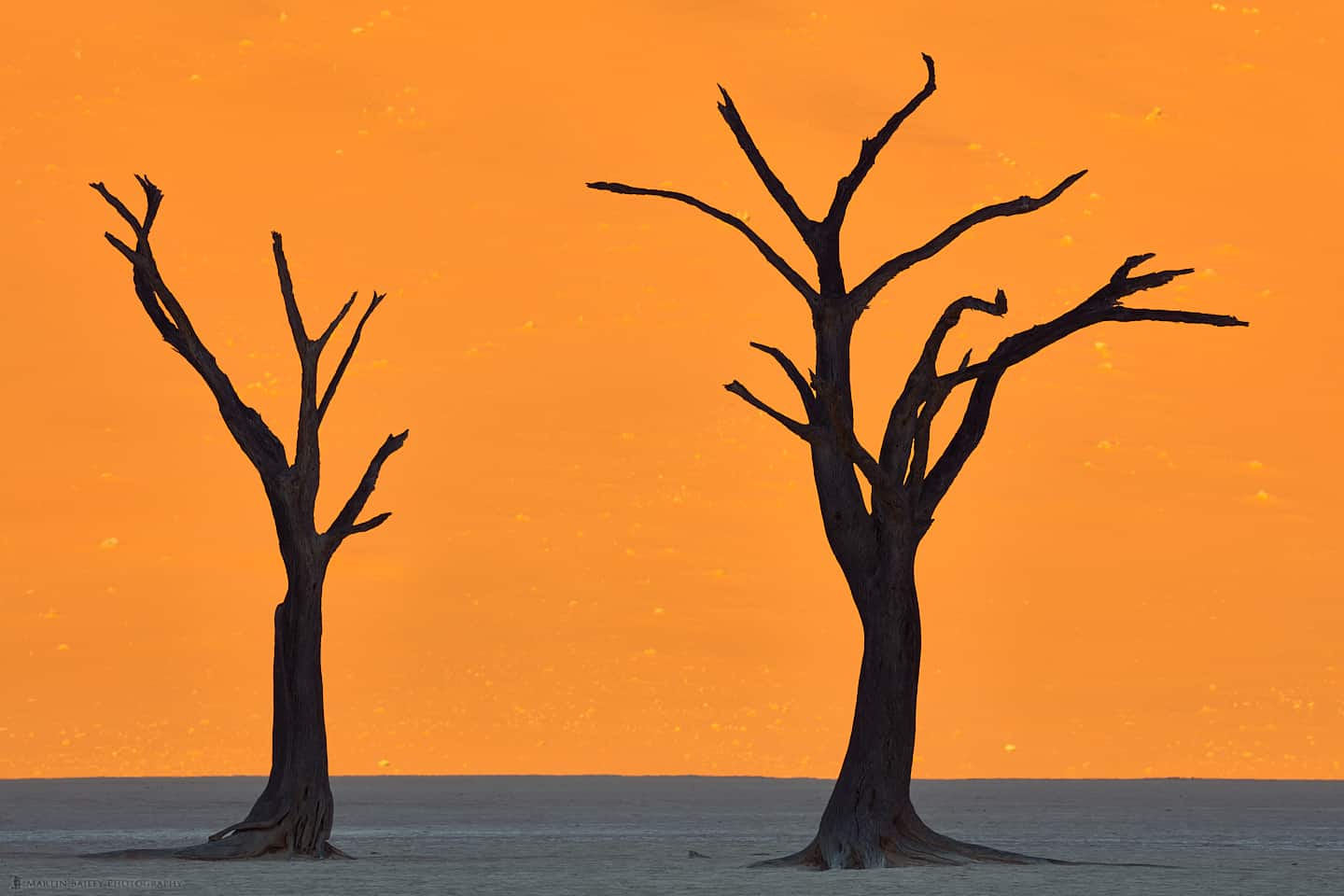
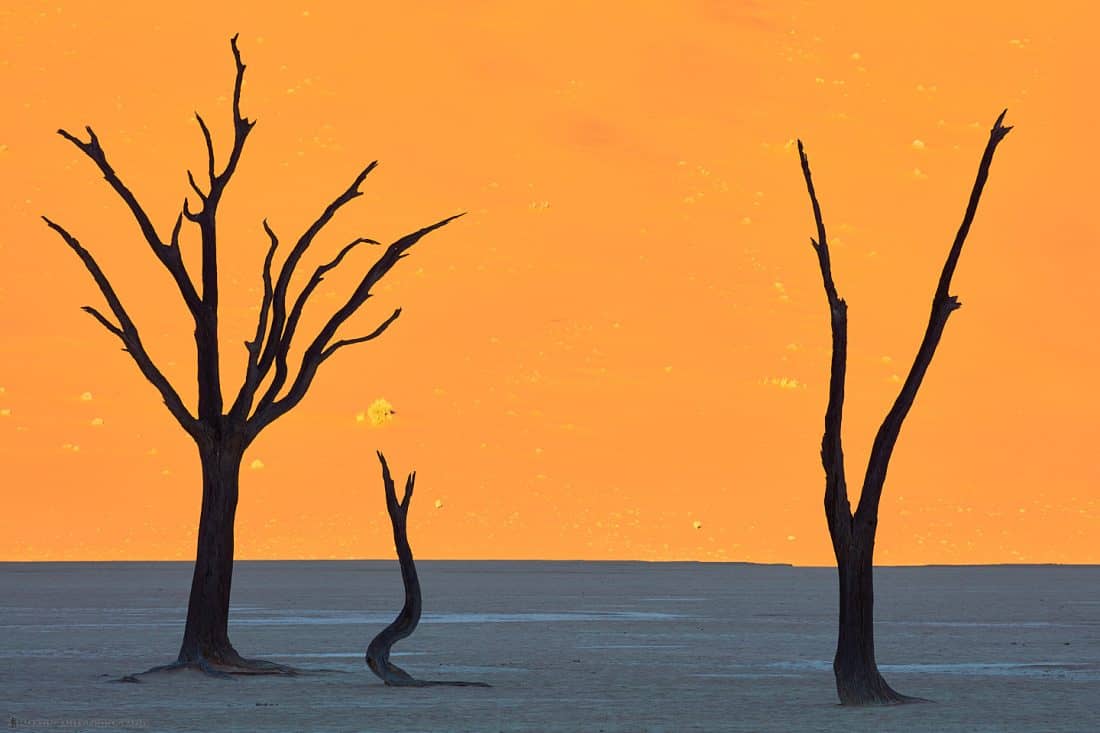
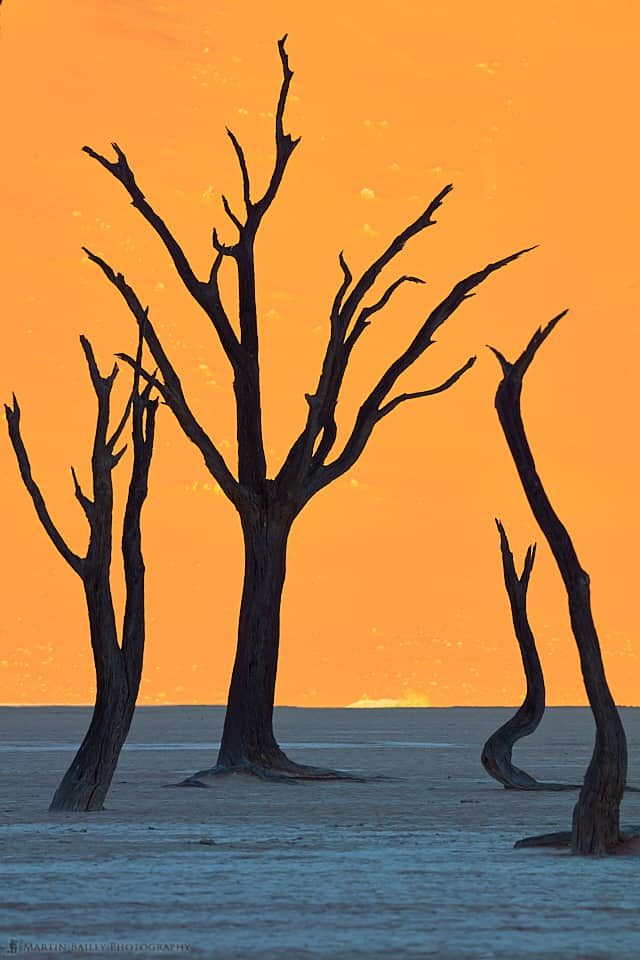
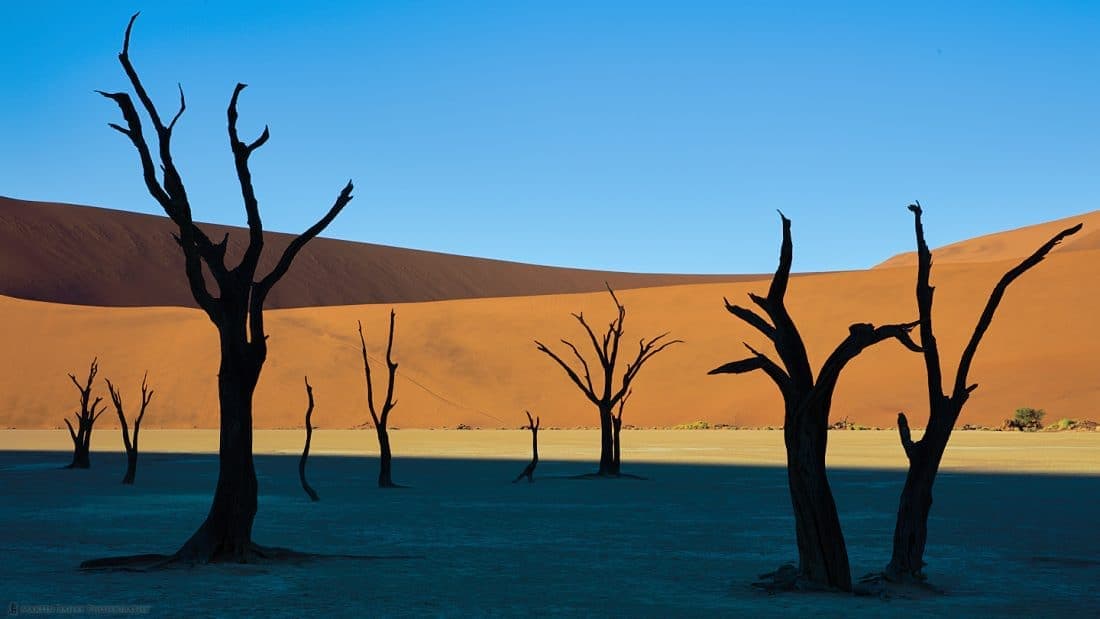
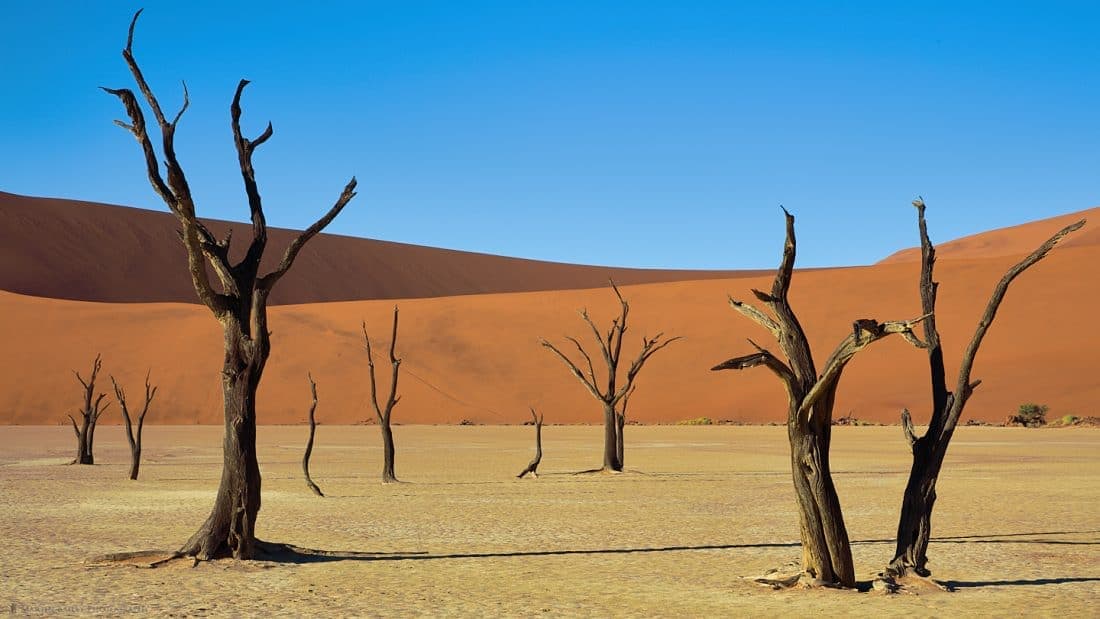
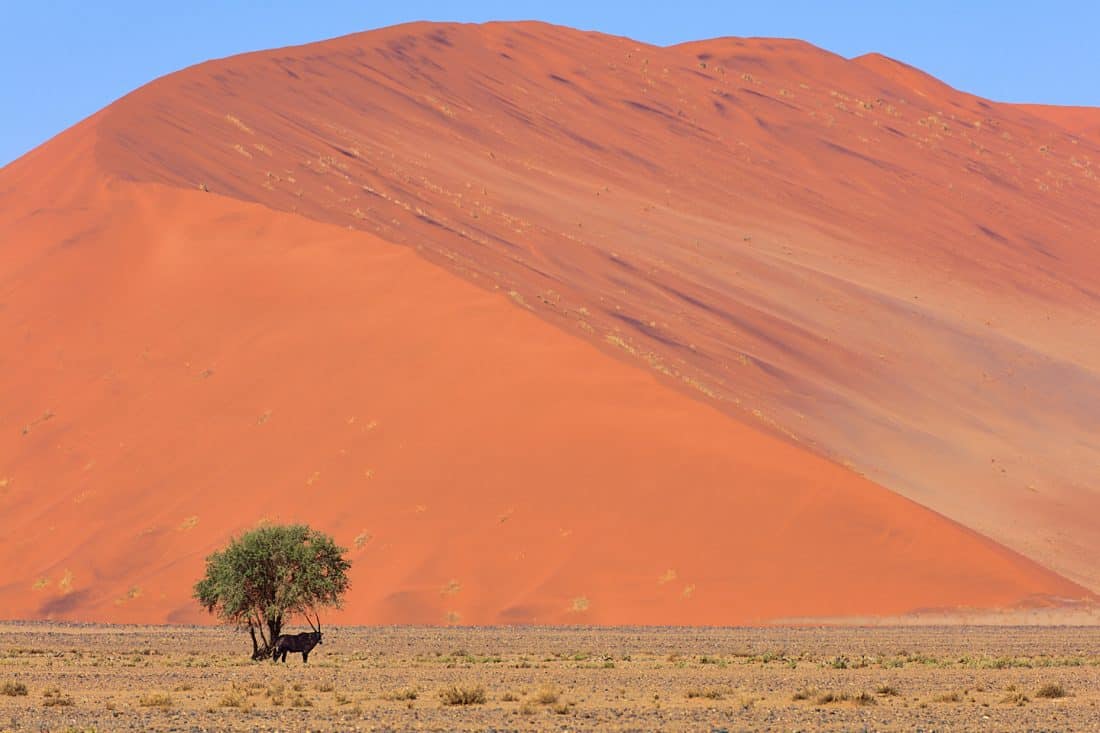
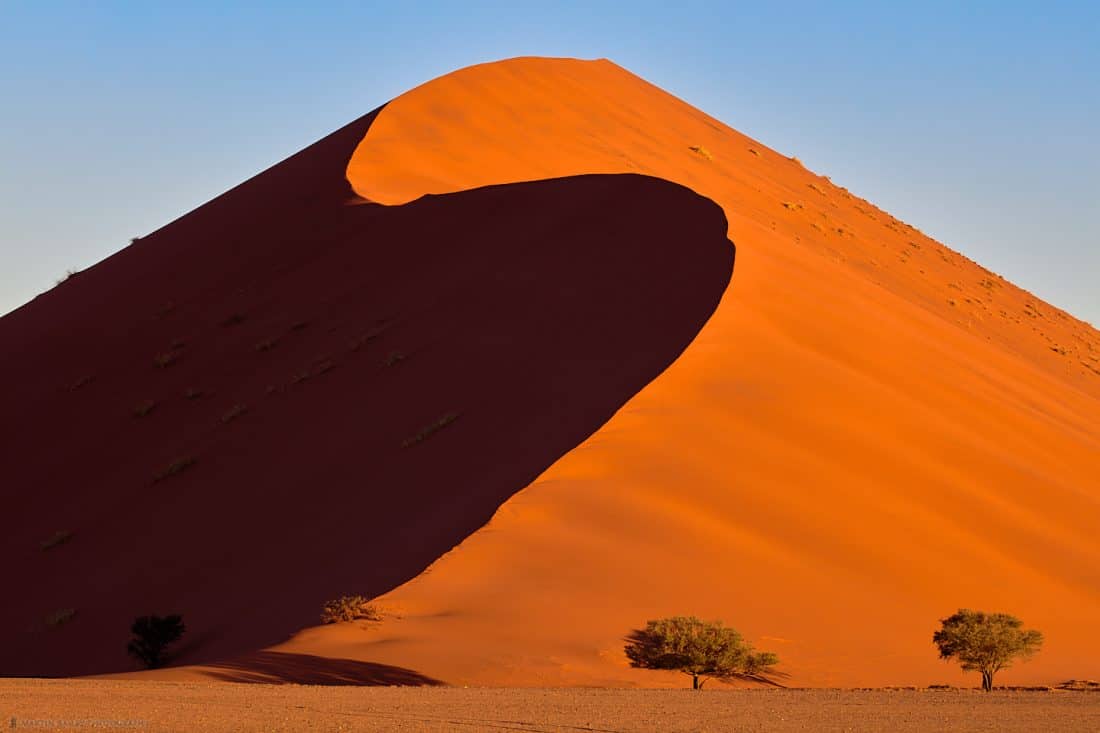
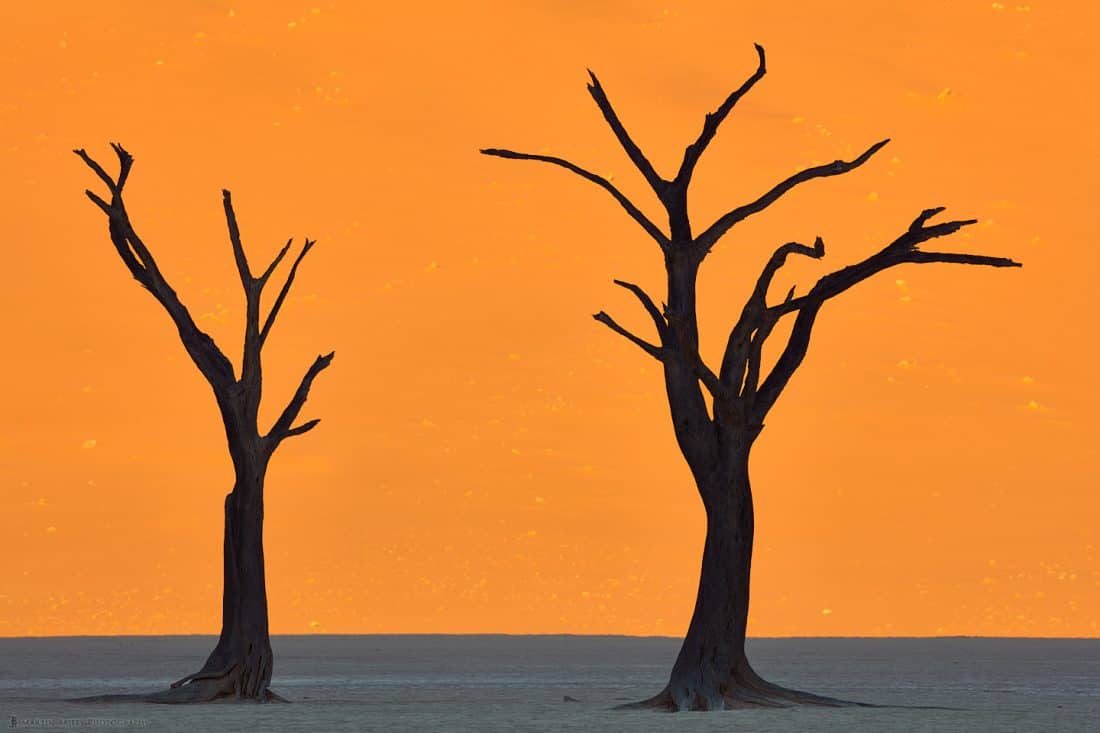
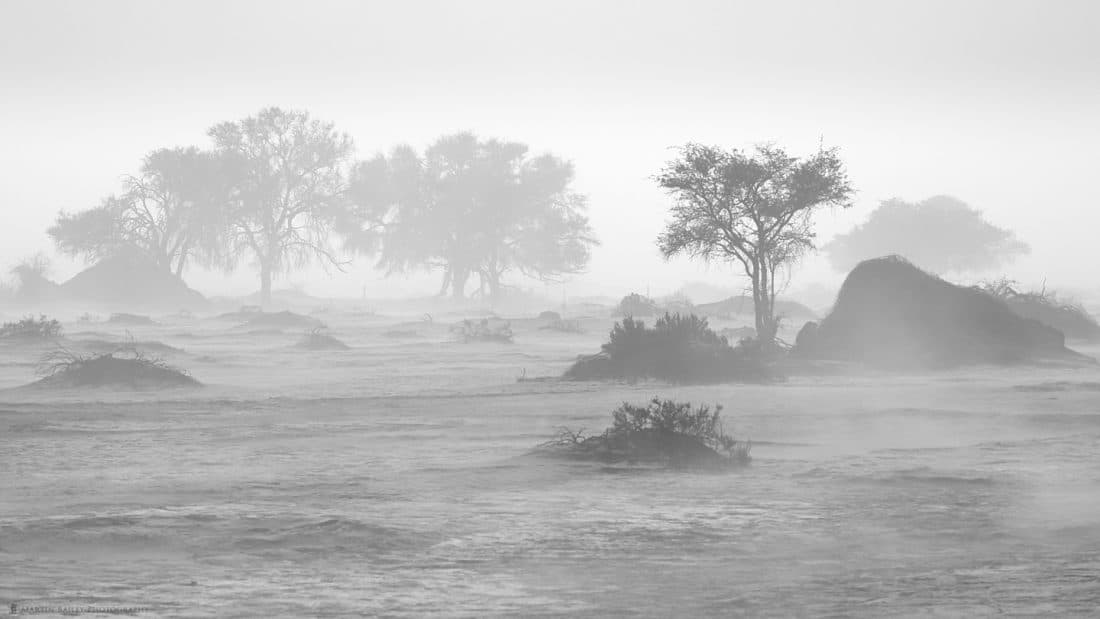
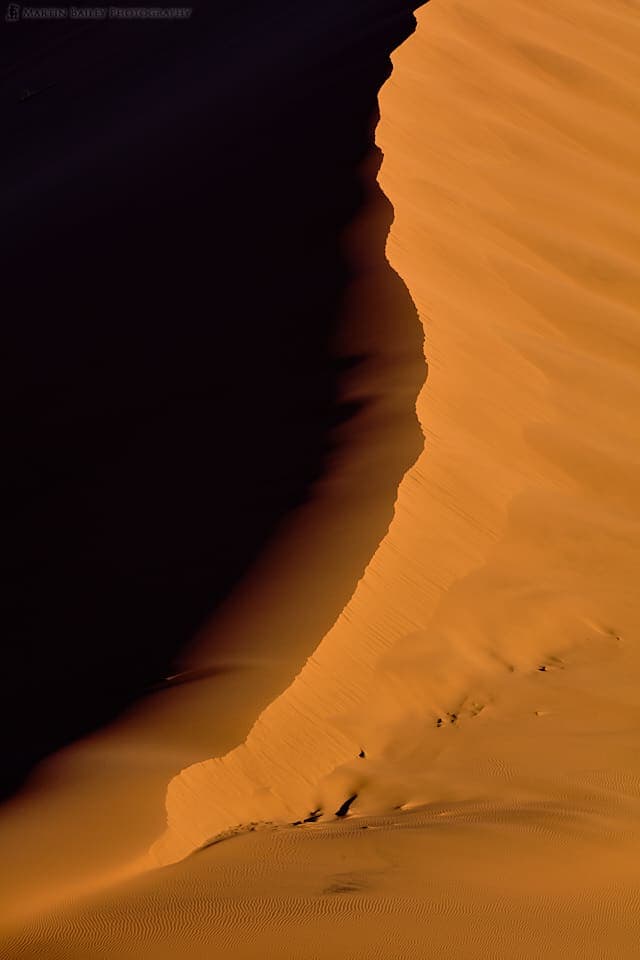
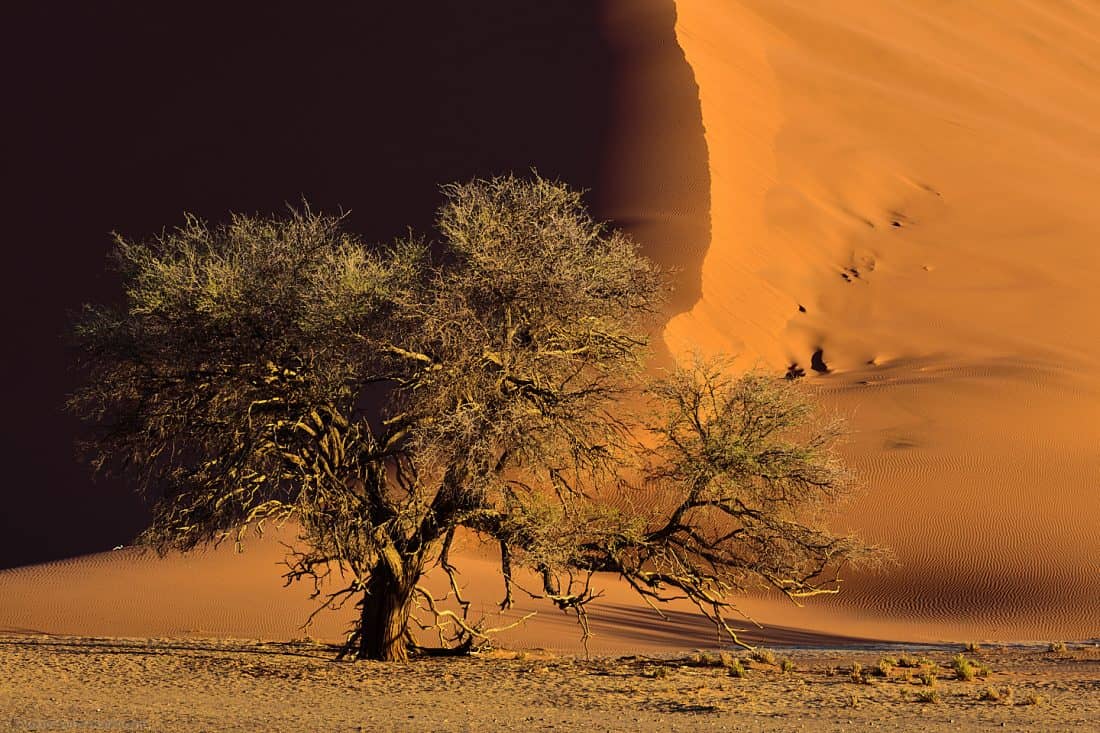

Absolutely wonderful images. I felt like I was with you guys. Make sure to clean those hiking shoes with loving care.
Thanks Bill! I’m pleased you enjoyed this.
The rainy season has just finished here in Tokyo, so I’m waiting for a nice sunny day now to clean my boots. 🙂
Regards,
Martin.